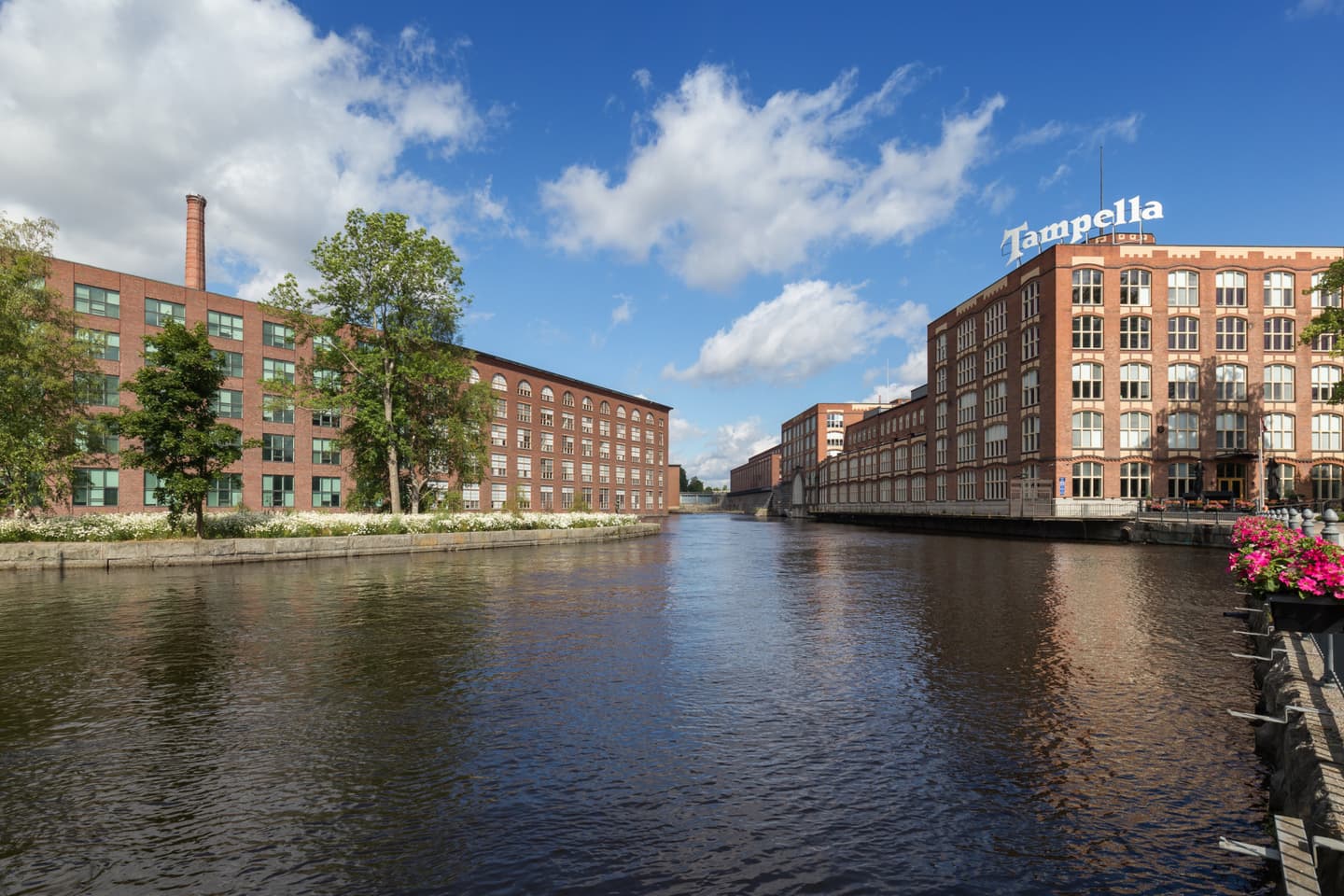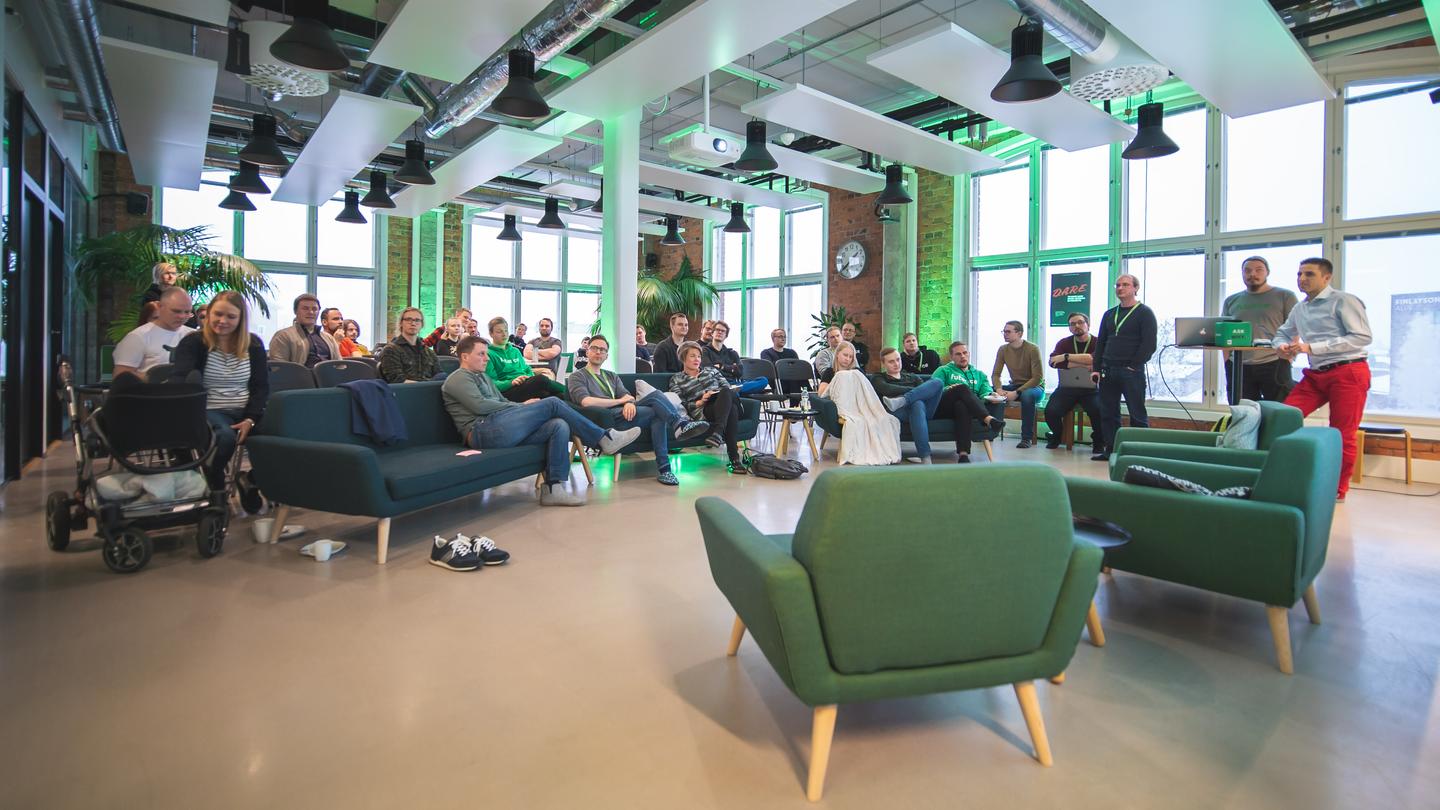First four weeks at Futurice
Earlier in the summer of 2020, I made a bold decision to refresh and broaden my career from a product company to software consultancy. I was yearning to work in different projects after having spent nearly four years with backend development on e-commerce domain. As many of us know, the secret to shining job hunting is to have a satisfying current position yet hunger for more which effectively removes desperation from the formula and lets you easily show off the best you.

After measuring my options, I eventually ended up at Futurice as a full-stack developer in August. Here’s the story of my first month there.
Getting hired
Futurice had been popping in my feeds for several months, and I had heard good things about them. Marketing keywords like trust, transparency, and care caught my interest. After reading their Culture Handbook, I decided to give them a shot.
With a curious attitude, I whipped up a job application and a brief paper of my selected open-source projects. To my surprise, I was contacted by one of their developers, and we agreed on an interview. Yes, you read it right, no external headhunting agents were found here. With people close to my profession at the other end of the table, I could ask honest questions about life in Futurice and whether it was the right choice for me.
At the first interview, we mutually agreed on many things. From there, I went on to have a technical discussion — with two different developers — where I showed them my projects. We talked about typical problems encountered by developers and how to solve them. The session was calm and informal, and I certainly didn’t have to solve a recursive Hanoi tower on a whiteboard with trembling hands while being intensively stared at. Having conducted a couple of technical interviews myself, I thanked them for this pleasant opportunity free from anxiety and stress.
The third and final interview — they sure invest time in applicants — was with two tribe chiefs. This was more of a complementary check in the form of another calm talk about where I was in my career and what could be the next path. I inquired about learning and personal development opportunities. I got to know better about their Spice Program, Ultimate Learning Platform, and compensated certification studies. I keep a spreadsheet for calculating the optimal job opportunities and Futurice scored relatively high at this point.
A couple of days went by, and I found an offer for a full-stack developer position in my inbox. Attached was a letter telling I was keenly wanted to join their team.
The whole hiring process was a breeze with all the interviews being held remotely via Google Meet. Despite talking through video, I was able to get an accurate vision of their daily life which didn’t differ much with the reality witnessed after visiting the office for the first time. But why should I tell you more if you can see it for yourself in this video?
Life as a Tammerforcean
Having said goodbye to Paytrail in Jyväskylä and getting ample time relocating to Tampere, I cycled to the office located in the heart of the town next to Tammerkoski rapids.
I was greeted by my supervisor and people from the Human Care team (people are not resources here), grabbed coffee, and received the laptop and phone. I was also assigned a FutuBuddy, whose role was to tour me through the office and introduce me the ways of working during the first week.
Some companies pick the first project for a newcomer to work from the day one accepting no alternative points of view. However, Futurice presented me with a selection of viable projects to see what was the most interesting. I chose to join a team responsible for the maintenance and small-scope development of existing projects. This line of work was rather familiar to me, and I mused it might help me settle myself best to a new environment both culturally and technically.
Around 80 people are working in Tammerforce, but due to the pandemic I’ve only seen and greeted no more than half of them, I think. A large number of people work mostly from home and that’s ultimately natural: you don’t have to ask permission nor worry about how your teammates feel about it. The same goes for the work in general, you’re trusted to bring your best work forwards, no matter where or how you do it.
A particular manifestation of trust in Futurice is the relationship with your supervisor. The concept is as you would expect in a modern technology organization, straying heavily away from bosses and subordinates in favour of mentors and mentees. The supervisor is there to guide you in your career and provide daily support instead of watching you at work. We’ve already had a couple of fruitful chats. Additionally, we also have a unique retro session twice a year for making sure my output, career level and salary are correctly aligned. My current career level that I’ve voluntarily shared with others is that of a mid-tier developer, but I’m targeting for a more senior level in the next sessions.
How does it feel now?
This is a question I’m asked by my colleagues almost daily — and it’s okay, don’t think otherwise.
The life in consultancy sure is a lot different than in a single-product organization. Most notably, you’re not limited to the one and only technology stack. A lot of the choices depend on the client you’re serving and who’s experienced with what in your close team. I ended up working with React, TypeScript, and Node which are tightly in my comfort zone, but I could have also sought for Golang, Java, or Kotlin projects. There are even some Clojure shenanigans for all the lispy people. Anything goes as long as I don’t find myself locked alone in a closet working with an ancient COBOL infrastructure!
The technological variety has its downsides as well. People work in many different projects, so mutual conventions are rarely established, and people might choose tools on a whim. Two teams could be using, for example, AWS services in very different, although practical, ways. Having an exceptional taste for knowledge sharing, I’m eagerly waiting to formulate and share the best practices between projects and trying to improve the ways of working. So far, the people have been supporting towards that end.
Perhaps the sunniest side in Futurice has been to surround yourself with like-minded and more experienced developers. I’ve got a lot to learn from them — and they from me. Working with cloud services in an organic DevOps culture where developers, designers, and business people bump their fists to design, develop, and deploy cloud products for clients is a thing I won’t be giving up easy. We are communicating with clients daily, and we don’t have separate QA or Ops departments because we can be trusted to handle the whole development pipeline like eating a candy.
To answer the question above, I feel fine. Yeah. No problems.
Originally published at nikoheikkila.fi.
Does this sound like the right place for you? Check out our open positions at Tampere.
 Niko HeikkiläSoftware Developer
Niko HeikkiläSoftware Developer


